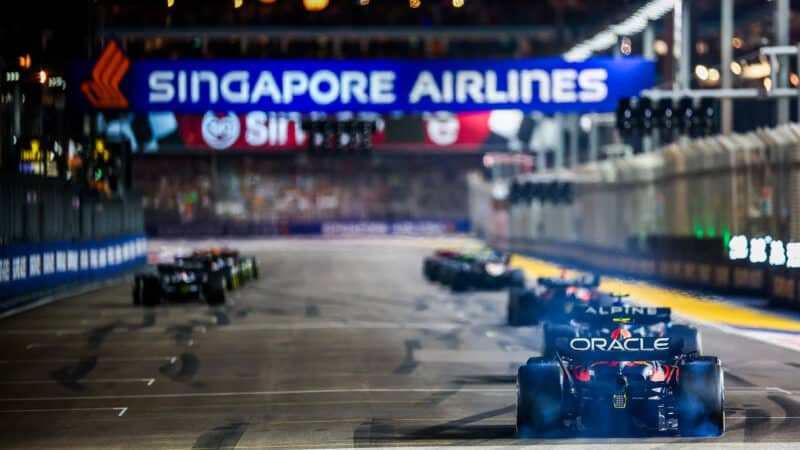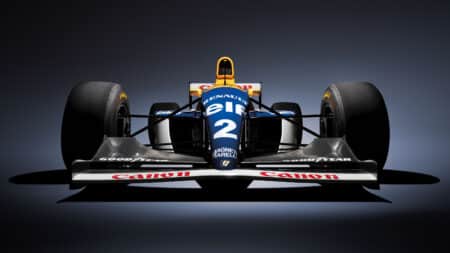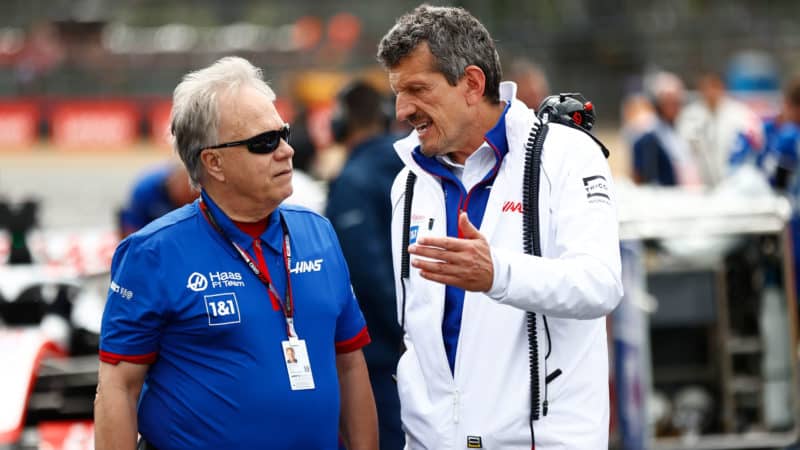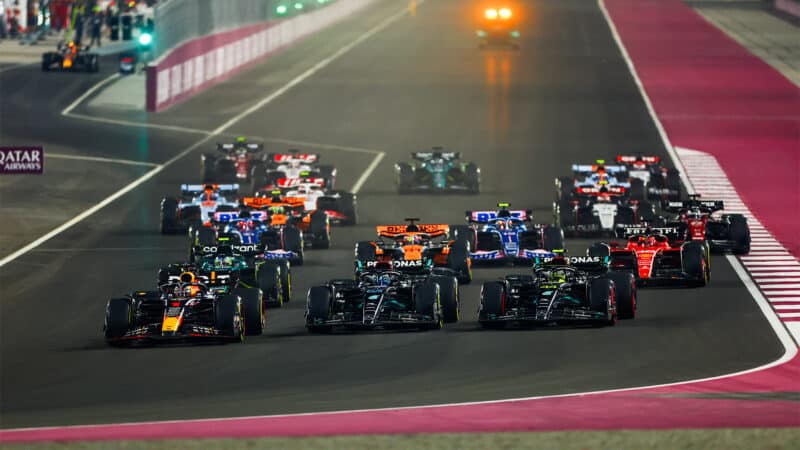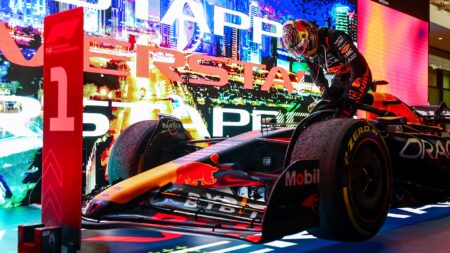Heightening the sense that they were clutching at straws was that they were each making different points that failed to back up the others’ arguments.
Now, I get it. If you’re in charge of a team you’re hardly going to turn around and say ‘Sure, I’d love to split the prize money 11 ways rather than 10, and give away a few million pounds to another team that is only trying to enter now F1 is booming’.
Not only is it booming in terms of interest, but the cost cap ensures teams have a very good chance of being profitable, with Red Bull team principal Christian Horner admitting last year that the prize money received by the top teams exceeds the cost cap amount, and those at the back of the grid have “70-80% of their costs covered by the prize fund”.
Against that backdrop, the irony around James Vowles’ comments in a pre-race press conference was certainly not lost.
The Williams team principal tried to explain that the constructor is financially unstable — as if Formula 1 is not in a position to definitely sustain the existing 10 teams — and he then completely undermined that by revealing that the instability comes from the fact he has convinced team owners Dorilton Capital to invest “hundreds of millions” into trying to make Williams more competitive.
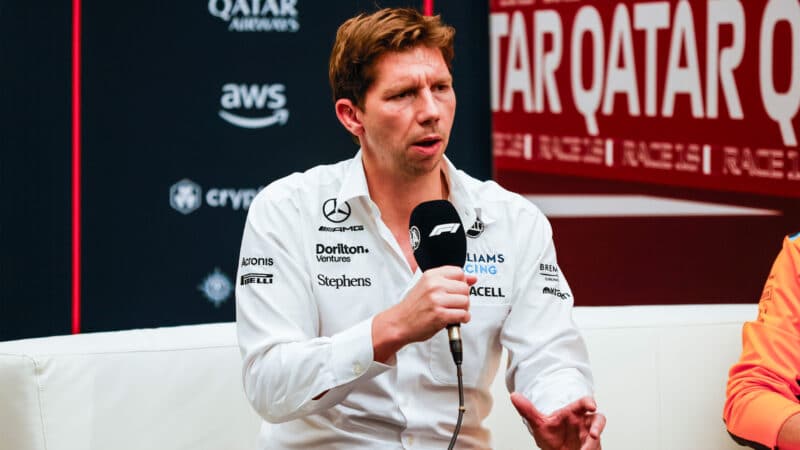
Vowles says Andretti must boost F1’s revenues to share in its riches
Getty Images
“It becomes very clear why we’re very careful about diluting what we’ve already got – because it’s just more losses on the table,” he said. “Now, we’ve been clear from the beginning, [we’re] more than happy to bring in new entities, but the pie has to grow as a result of it, not shrink, and so far it’s just shrinking.”
Those comments sidestep the fact that the pie has already grown significantly, with teams sharing around £950m in revenues between them in 2022, or comfortably over a billion dollars based on Liberty Media’s reporting. That’s a 27% increase in four years.
